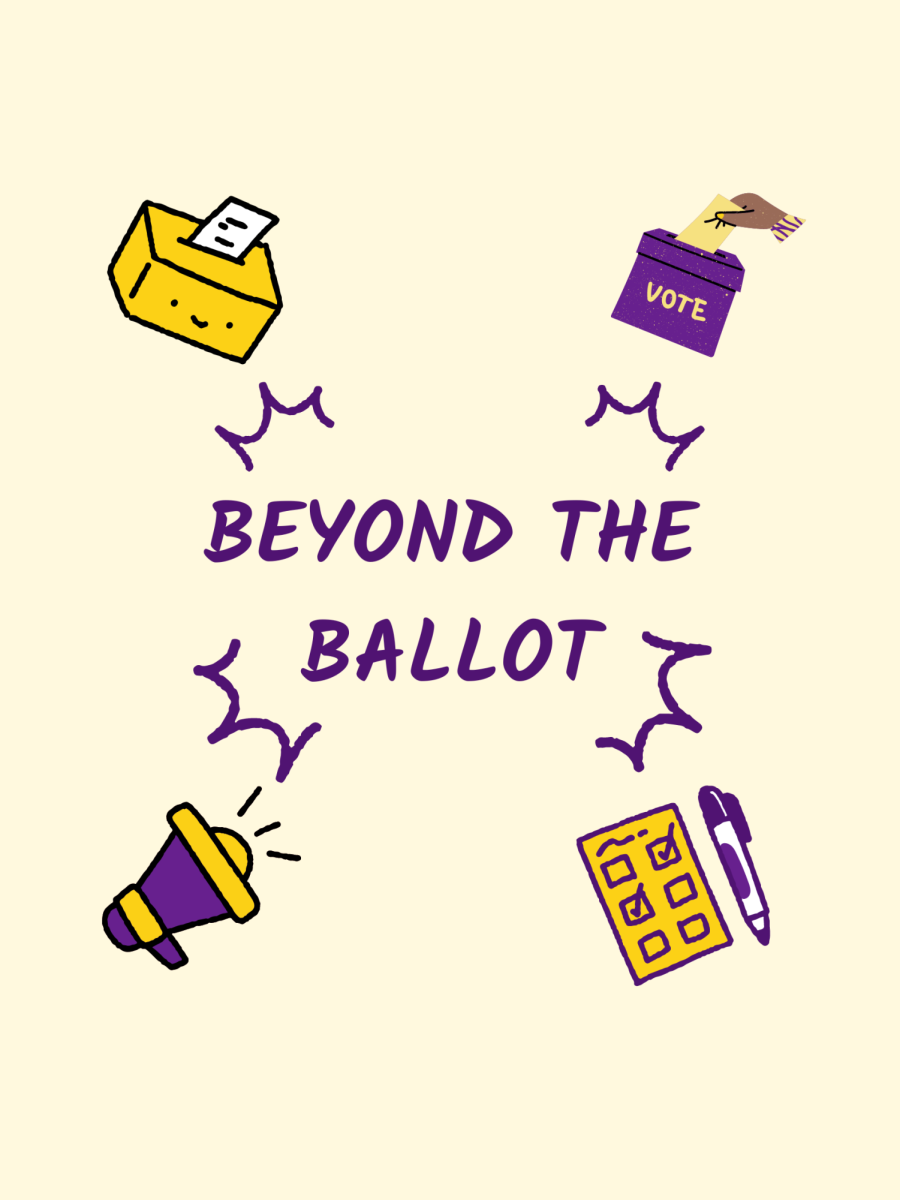St Patrick’s Day is commemorated and celebrated on the anniversary of St Patrick’s death every year, but few people know much about the holiday. St Patrick was not Irish, as many people suggest, but rather, a Roman-controlled Britain born to an extremely wealthy family. Though his father and grandfather were heavily involved in the Church, Patrick showed no interest in the religion. When he was 16, non-Christian Irish raiders, who had long been at odds with the British, kidnapped him. In Ireland, he was forced into slavery and spent 6 years working as a shepherd and during that time, he used Christianity as a refuge from his hardships. He wrote, in the Declaration, a short account of his life, that God told him to escape his slavery by fleeing to the Irish coast where a ship would be waiting to take him home. Patrick did indeed make it home to Britain safely where he would become a priest.
Because he came to pagan Ireland, Patrick wanted to return to convert the people of the island into Christians. He began to baptize thousands of people, and did not accept charity or money for anything he did. The symbol of the shamrock came from the three-leaf clover that St. Patrick used to teach the Irish about the Holy Trinity: the Father, the Son, and the Holy Spirit. It had previously been sacred to the pagan Irish, so it was easy for them to understand the Christian ideals.
Patrick died on March 17 in the 5th century AD. By word of mouth, Patrick became extremely well known throughout Ireland. His life became something of a great legend. No Pope has ever formally canonized him into a saint because at the time, canonizations were only made at a local level.
Although not much of the story is remembered today, St Patrick’s Day has become a holiday of Irish pride, not only in Ireland, but also all around the world. Because of the large amount of Irish immigrants in America, St Patrick’s Day parades and events happen all over the country. Chicago dyes its Chicago River green, and New York has held its St Patrick’s Day parade since 1762, where those who refuse to wear green get pinched. Avoid getting pinched by donning your Irish green and shamrocks everyone! After all, everyone’s Irish on St Patrick’s Day.









































